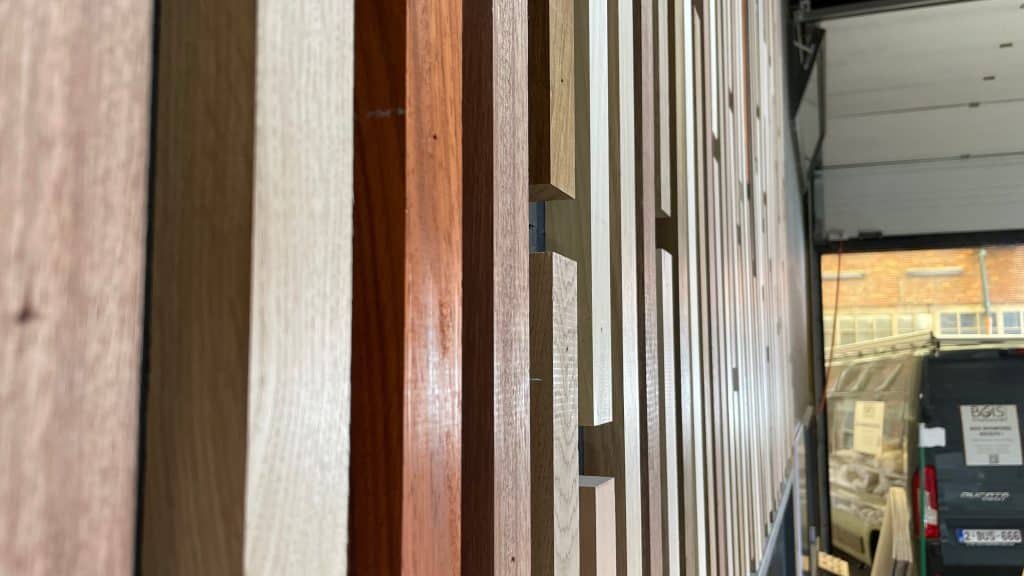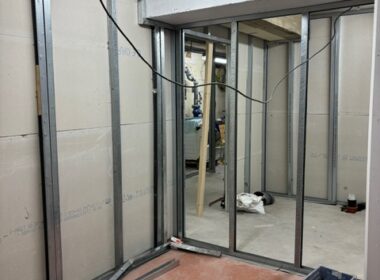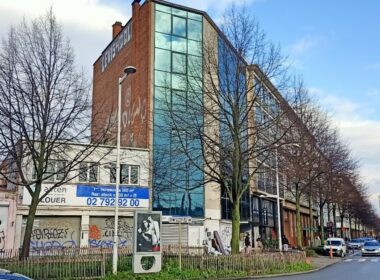Since we joined the ecobuild.brussels cluster, we have learned a lot about ecology in business.
We have even been able to meet a number of companies we can collaborate with, who are concerned about the planet and the impact of their work.
However, one thing particularly caught our attention… the circular economy.
It is a process that allows waste to be recovered and reused for other projects.
In our industry, carpentry, most of the waste is what we call scrap wood. Scrap is inevitable, whether from standard sizes or custom projects.
The first approach is to limit these scraps by creating projects with measurements that best correspond to the dimensions found on the market.
The second approach is to make sure that the scraps can be reused for other projects; this is called optimisation. The goal is to have the largest dimensions possible. Then, taking their dimensions before designing the projects will make it easier to reintegrate them.
In spite of this, some waste remains. What can we do with this undersized wood?
This is THE question we ask ourselves and it has even become a game.
We thought, “Why not ask the whole company?”
We then involved each member of Bois Intemporel in this quest for projects, each more incredible than the last: computer fan slats, business card displays, saucers, etc.
Here, we would like to highlight our latest project, cladding made from many different wood species, such as oak, meranti, beech and wenge.
We are fortunate to be able to present it to you throughout the year because it was created on the wall of our workshop’s offices.
This first conclusive experiment makes us want to go further and we hope it will fill you with the same enthusiasm.

Author : Audric Penna, Bois Intemporel
Pictures : ©Bois Intemporel
Read also: Volta XL: ecological renovation and inclusive living; Cork-city-2021-what-will-life-be-like-in-80-years-time; From now on, architecture must (absolutely) be inspired by nature; Using electrical engineering for energy transition.





